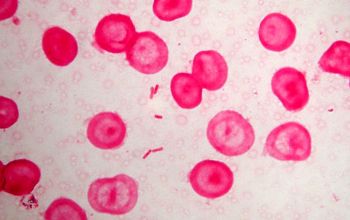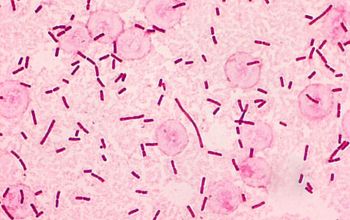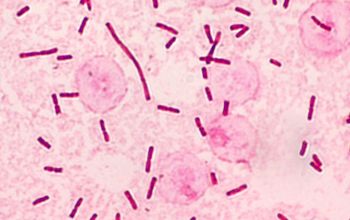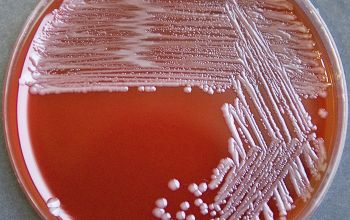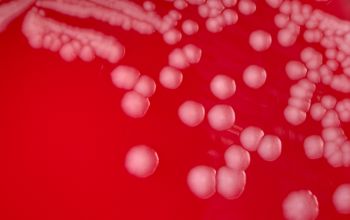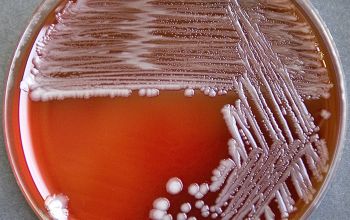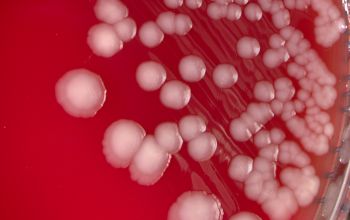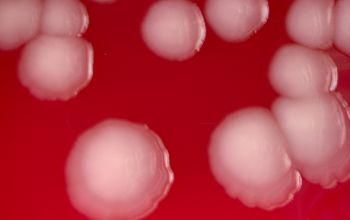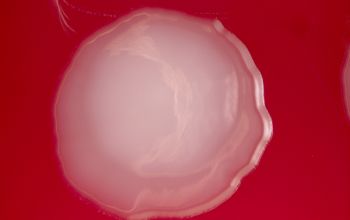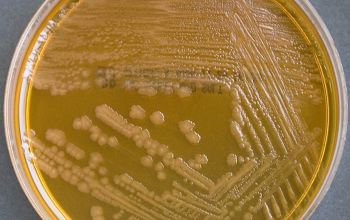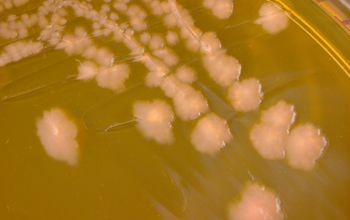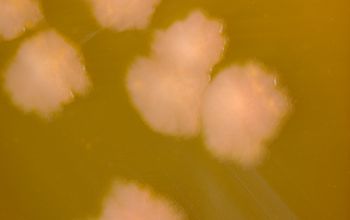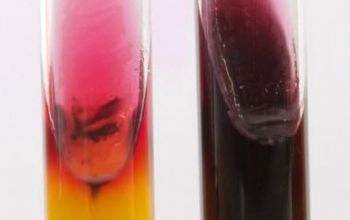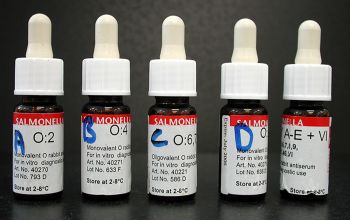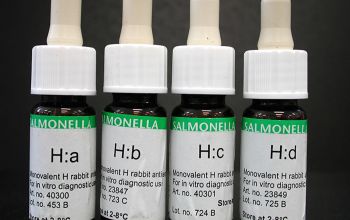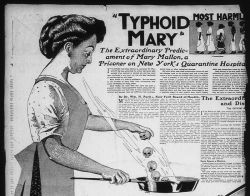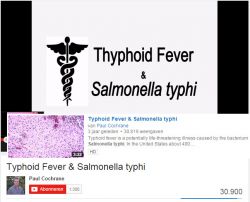article_Typhoid Mary
Mary Mallon, now known as Typhoid Mary, seemed a healthy woman when a health inspector knocked on her door in 1907, yet she was the cause of several typhoid outbreaks. Since Mary was the first "healthy carrier" of typhoid fever in the United States, she did not understand how someone not sick could spread disease -- so she tried to fight back.
Salmonella typhi (Salmonella enterica subsp. enterica serovar Typhi)
-
General information
An isolate is confirmed as Salmonella when the specific O serogroup has been determined and biochemical identification has been completed
Taxonomy
Family: Enterobacteriaceae
Natural habitats
Humans are the only reservoir for Salmonella typhi, indicating that they are adapted to the human host; healthy carriers have been noted.
Clinical significance
Strains of Salmonella are categorized as typhoidal and nontyphoidal.
S. typhi ► typhoidal infection
Typhoid fever
Caused by Salmonella typhi, is a serious bloodstream infection, common in the developing world. Typhoid fever typically presents which a sustained debilitating high fever and headache.
Adults characteristically present without diarrhea. Illness is milder in young children, where it may manifest as nonspecific fever.
This fever has a low infectious dose (<103), and a long high variable incubation period (1 to 6 weeks)
It is transmitted through person-to-person contact or fecally contaminated food or water.
Fatal complications of typhoid most commonly occur in the second or third week of the illness.
-
Gram stain
Gram negative rods,
2-5 x 0.7-1.5 μm
-
Culture characteristics
-
Facultative anaerobic
Selective media for the isolation of Salmonella and Shigella from clinical specimens
XLD / xylose lysine desoxycholate agar
Salmonella cannot ferment xylose ► red colonies, possible with black discoloration
Enterobacteriaceae ferment xylose ► yellow colonies
HEK / hektoen agar
These bacteria grow with green to blue-green colonies on the agar, possible with black discoloration.
BA: colonies are 1-3 mm, usually the S-type, they are large, gray-white and smooth.
After subculturing there are also R-type ("rough" form), these are grainy, with an irregular surface and a serrated edge.
McConkey: colonies are pale, non lactose fermenter
BBAØ: growth
Antigen
Salmonella can be further identified by its possession of somatic (O) and flagellar (h) antigens.
Salmonella typhi also has a Vi-antigen, which is a capsular antigen
-
-
Characteristics
-
References
James Versalovic et al.(2011) Manual of Clinical Microbiology 10th Edition
Karen C. Carrol et al (2019) Manual of Clinical Microbiology, 12th Edition

